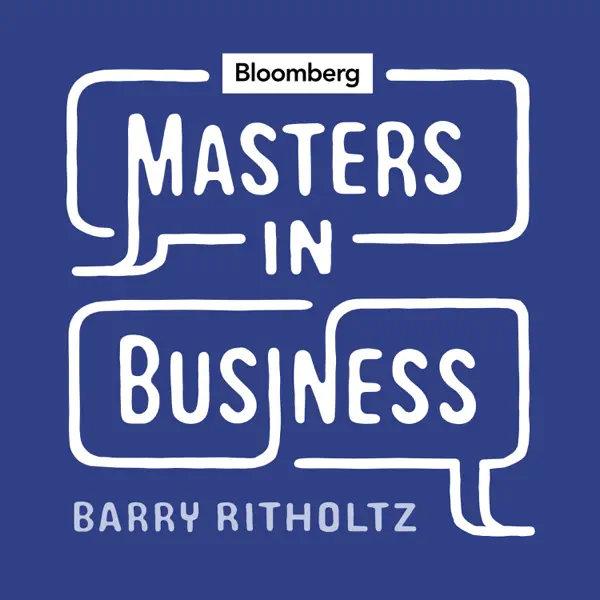There are many indicators analysts use to check if the US is heading into a recession (or is already in one). Macro statistics (e.g., Quarterly GDP growth), production measures (such as Industrial Production or the Conference Board Leading Index), labor signs (JOLTS or Initial Jobless Claims), and many other clues regarding housing, confidence and stock market indexes, etc.
But there is one that seems to be viewed by analysts as especially efficient in this regard: the yield curve. Or, in simpler terms, the yield spread between a longer maturity Treasury asset and a short duration Treasury asset (say, the 10-year Treasury yield minus the 2-year Treasury yield).
Why is this so? Primarily, because assets with longer durations usually show higher yields (there is a term premium) than those with shorter duration, and banks tend to borrow short-term and lend long-term to profit from this spread. So, you could easily picture the process: if the yield spread is negative, there is no incentive for banks to lend, which reduces investment and therefore production and employment. Hence, a recession (which logically takes place sometime after the yield curve inversion).
Another possible interpretation is simply that the Fed sets short-term rates at an arbitrary level that may not be related with savings and supply and demand of funds. Therefore, it could be the case that short-term rates would be higher than otherwise had the Fed not intervened. In this scenario it is sensible to think that there is a great demand for long-term Treasuries because there are no attractive alternative investments at the prevailing long-term rates (due to deglobalization, or higher expected taxes because of larger expected deficits, etc.). So, if you mix that with the Fed pushing short-term rates up, you get an inverted yield curve that naturally precedes a recession (already implicit in the lack of bidding for long-term funds).
But not so fast. Although empirical evidence shows that usually before a recession there is a yield curve inversion (except in 1990, where although it got close it did not occur), this does not mean that the latter will trigger a recession or that this will be the inevitable outcome.
Short-term yields may rise above long-term yields because of tight financial conditions where more leveraged or fragile businesses bid up for funds short-term to stay afloat. And this surely shows problems in the economy. Another bearish scenario would be implied by lower short-term expected rates (hence lower expected growth as well as lower long-term rates).
But it may also be the case that short-term rates stay the same and long-term rates fall due to a lower term premium. Although an unlikely event, that would be bullish (yet it would not persist for long). Another similar situation would be that both short and long yields fall at the same time, but at a different rate. True, there would be an inverted yield curve, but for very different reasons than in the bearish scenarios (e.g., a sudden increase in the demand of long-term Treasury holdings). Also, Fed monetary policy may cause this as well, for instance by reducing or stopping its asset sales program, thereby decreasing the supply of Treasuries in the open market (and therefore stabilizing its price upwards, i.e., lower rates). Moreover, take inflation. If long-term rates are incorporating a lower expected inflation rate that would be a good sign for the economy, despite an inverted yield curve. A simple explanation, but nevertheless highly sensible.
So, what is the situation now? As in the bearish scenario, both short- and long-term rates are rising. That signals a bidding up of resources short-term as well as a decreased incentive for banks to lend. Not good. But Bank Prime Rates are almost twice the Effective Fed Funds rate, so banks are still lending, and profiting for doing so. It is not a good sign that both be rising.
However, during a recession quality bond issuers must increase rates to receive capital. Yet, if we now see the Moody’s Seasoned AAA Corporate Bond minus the Federal Funds Rate, we see a very low spread. So, that’s not happening.
Alternatively, a possible interpretation is that the Fed is simply increasing short-term rates to fight inflation and long-term rates have a lower inflation rate priced in. So, that would not be bearish. Other factors, such as Japan selling Treasuries (thereby pressuring rates up), or the Fed’s reverse repo rates policy, may be at work in the current yield curve inversion.
Hence, using the yield curve as a barometer of the economy is a bit more complex than looking at a chart at the website of the Federal Reserve Bank of St. Louis. Two consecutive quarters with negative GDP growth signals a recession, but a hot labor market shows a strong economy. Is a recession probable? Yes. Is the yield curve pointing in that direction? Not necessarily. We will just have to wait and see.
Alan Futerman is professor of Institutional Economics at UCEL (Argentina). His work has been appeared in various journals and media outlets such as the Financial Times. He recently co-authored Commodities as an Asset Class with Ivo A. Sarjanovic.














